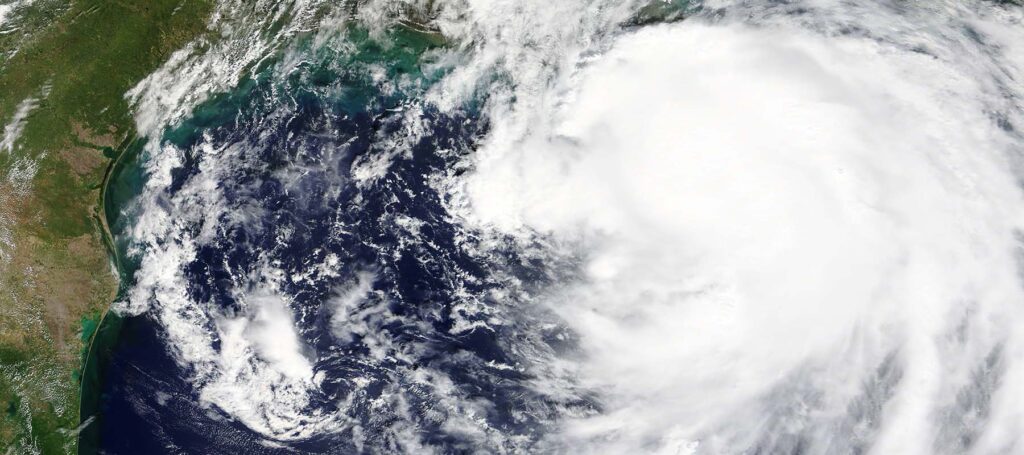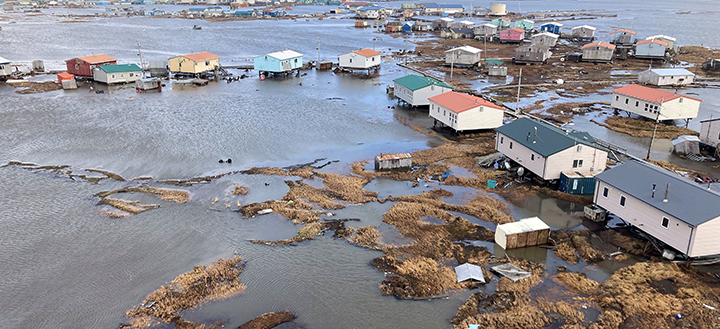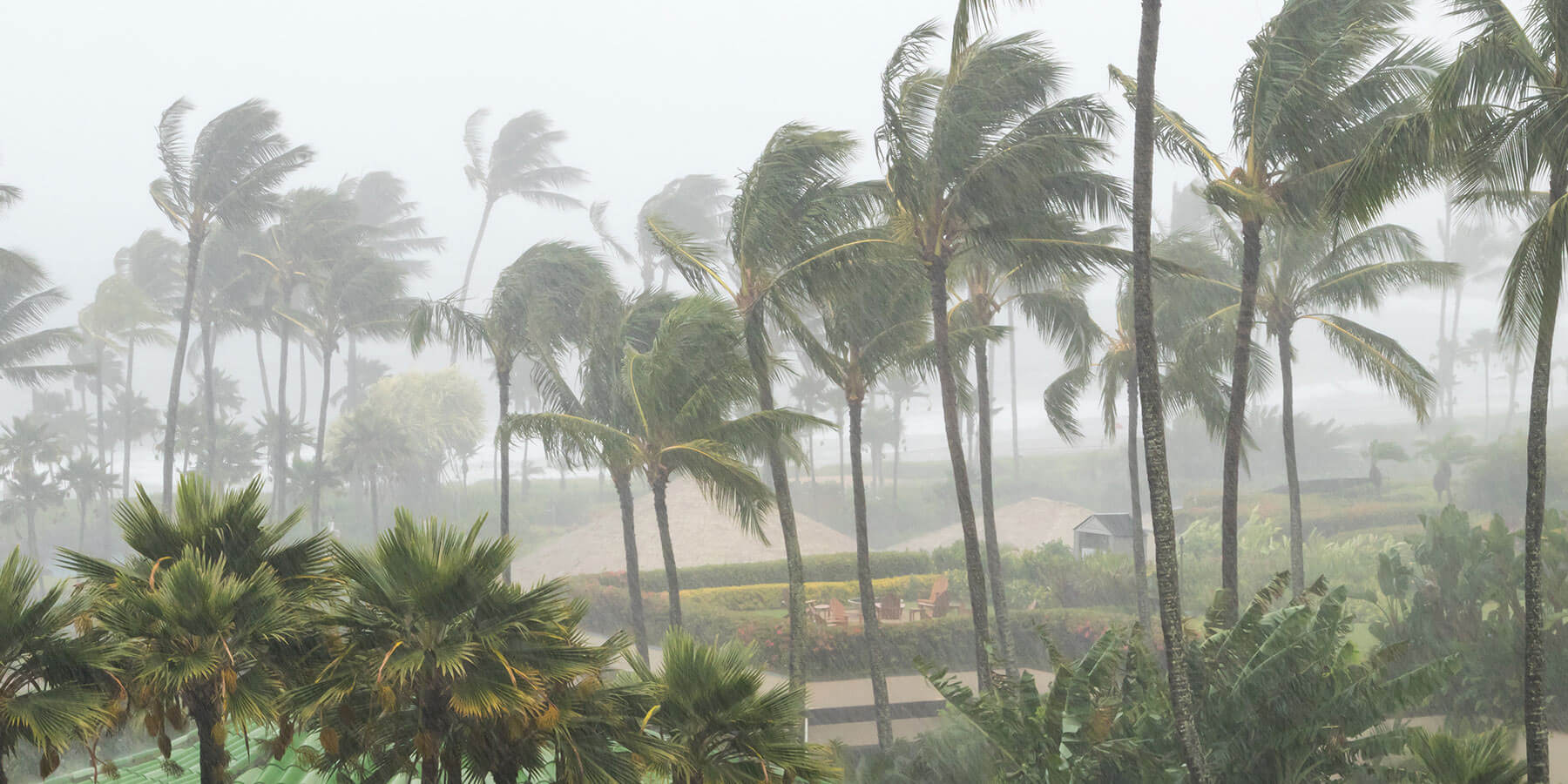As the Atlantic hurricane season progresses, one storm name on the list is Tropical Storm Nadine. Though it never threatened any populated communities after it formed, it’s important to stay informed and prepared. In this article, we’ll explore the background of the name Nadine, discuss its development into a tropical storm, and provide tips on how to stay ready.
The History Behind the Name Nadine
The World Meteorological Organization (WMO) assigns names to tropical storms and hurricanes using a predetermined list that rotates every six years. These names are chosen to make communication about storms easier, especially when multiple storm systems are active at once. Nadine has been used on this list before, most notably in 2012, when Tropical Storm Nadine became one of the longest-lasting storms in history, lingering for 22 days. Despite its long duration, Nadine didn’t cause enough damage to warrant the retirement of its name, which happens only when a storm has catastrophic impacts, such as Hurricane Katrina in 2005.
Because of this, Nadine remains part of the rotation, making another appearance this year. Given the unpredictable nature of weather systems, storms like Nadine could develop into a Hurricane Nadine or dissipate without causing significant damage.
What to Expect from Tropical Storm Nadine
While the exact formation and strength of future tropical storms and hurricanes are uncertain, some patterns can give us an idea of what might happen to lead to the development of tropical storms like Nadine. Atlantic storms generally begin as tropical waves off the coast of Africa, and their potential to intensify depends on several key factors:
- Sea temperatures
Warmer ocean temperatures can fuel storms, increasing the chance of them strengthening. - Wind conditions
Low wind shear allows storms to organize and grow. - Pressure systems
Shifts in atmospheric pressure influence storm paths, sometimes steering them toward populated areas or out to sea.
Given these dynamics, when Tropical Storm Nadine formed, there was a possibility it could have developed into Hurricane Nadine.
Why Prepare for Tropical Storm/Hurricane Nadine?
Even though storms are unpredictable, being prepared should remain a top priority. Storms like Nadine can bring heavy rain, strong winds, and flooding, even if they don’t reach hurricane strength. Coastal and hurricane-prone areas should be ready by:
- Ensuring emergency plans are up to date
- Stocking essential supplies like food, water, and medication
- Staying informed about weather updates from trusted sources like the National Hurricane Center
Taking proactive steps ensures you can respond effectively if the storm approaches.
FAQs About Tropical Storm Nadine/Hurricane Nadine
- How often has the name Nadine used?
The name Nadine has been used three times in the Atlantic hurricane season in 2012, 2018 and now 2024. - How could Tropical Storm Nadine turn into Hurricane Nadine?
Tropical Storm Nadine could become Hurricane Nadine if it encounters warm ocean waters, low wind shear, and favorable atmospheric conditions. These factors would allow the storm to strengthen and reach sustained winds of 74 mph or more. - What’s the origin of the name Nadine?
The World Meteorological Organization selected Nadine as part of its rotating list for Atlantic storms. - Did the last Tropical Storm Nadine cause significant damage?
No, the 2012 Nadine storm was long-lasting but did not result in major damage. - How are storm names chosen?
The WMO rotates names every six years, retiring names only if a storm causes significant destruction. - When does the Atlantic hurricane season end?
The season officially ends on November 30. - What factors help storms develop into hurricanes?
Warm ocean waters, low wind shear, and favorable atmospheric pressure help storms intensify into hurricanes. - Could Nadine’s name be retired?
If Nadine became a severe tropical storm or hurricane causing significant damage, its name could have been retired. - How can I stay informed about Tropical Storm Nadine?
Follow weather updates from trusted sources like the National Hurricane Center or local news. - Do tropical storms only affect coastal areas?
No, they can bring rain, flooding, and wind to inland areas, even after making landfall. - What should I do if a storm is heading toward my area?
Follow evacuation orders, stock up on supplies, and prepare your home for possible impacts. - How long do tropical storms typically last?
The duration of tropical storms varies, but some, like Nadine in 2012, can last for weeks. - What areas are most vulnerable to Atlantic storms?
The Caribbean, Gulf of Mexico, and southeastern U.S. are frequently affected by Atlantic storms.
Stay Ready and Stay Safe from the Hurricane Season
Now is a good time to ensure you’re prepared for the remainder of hurricane season. Keep an eye on updates, stock essential supplies, and have an emergency plan in place. By staying informed and prepared, you can stay safe in the event of any storm, whether it’s Nadine or another storm system that develops this hurricane season.



